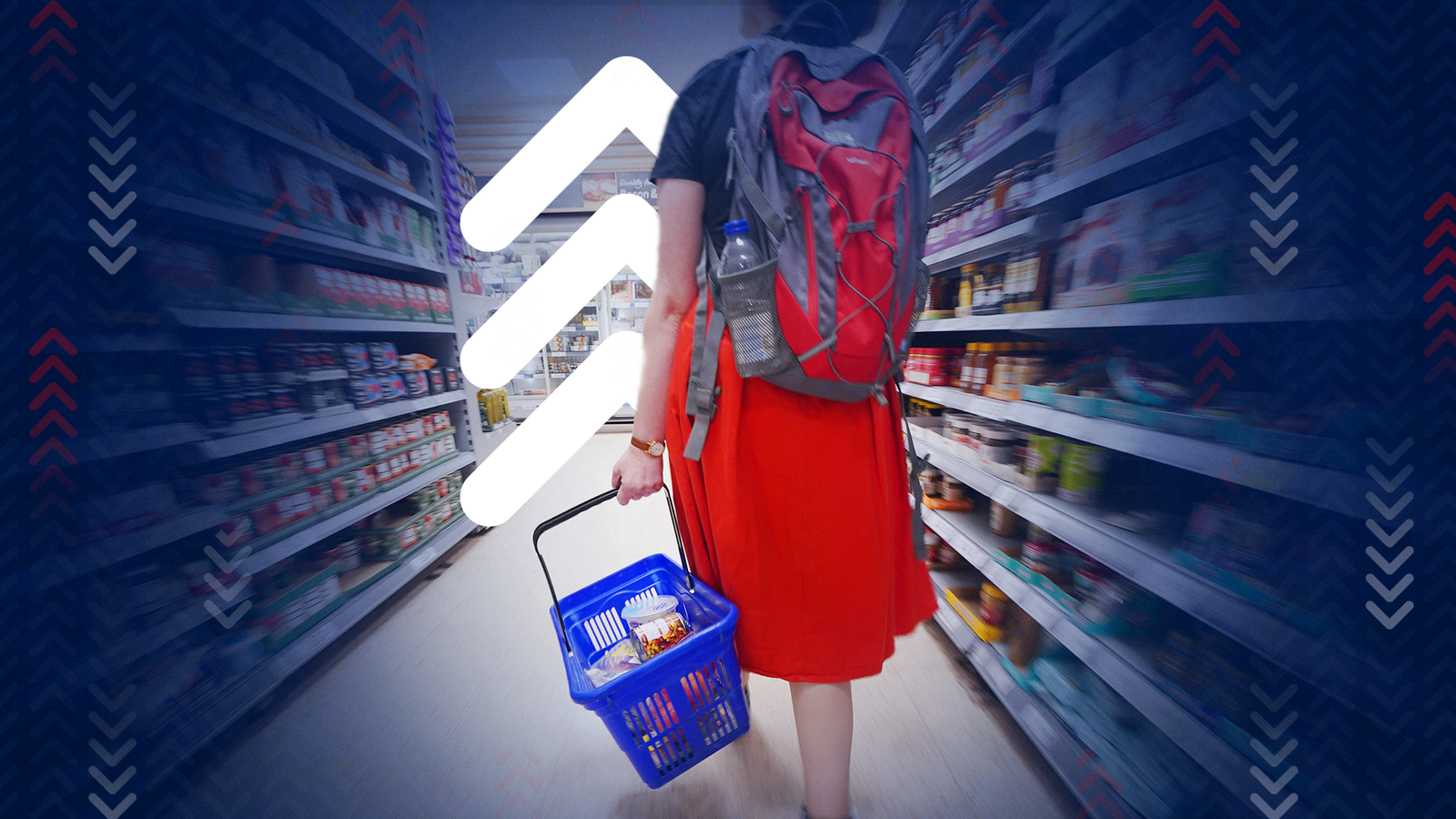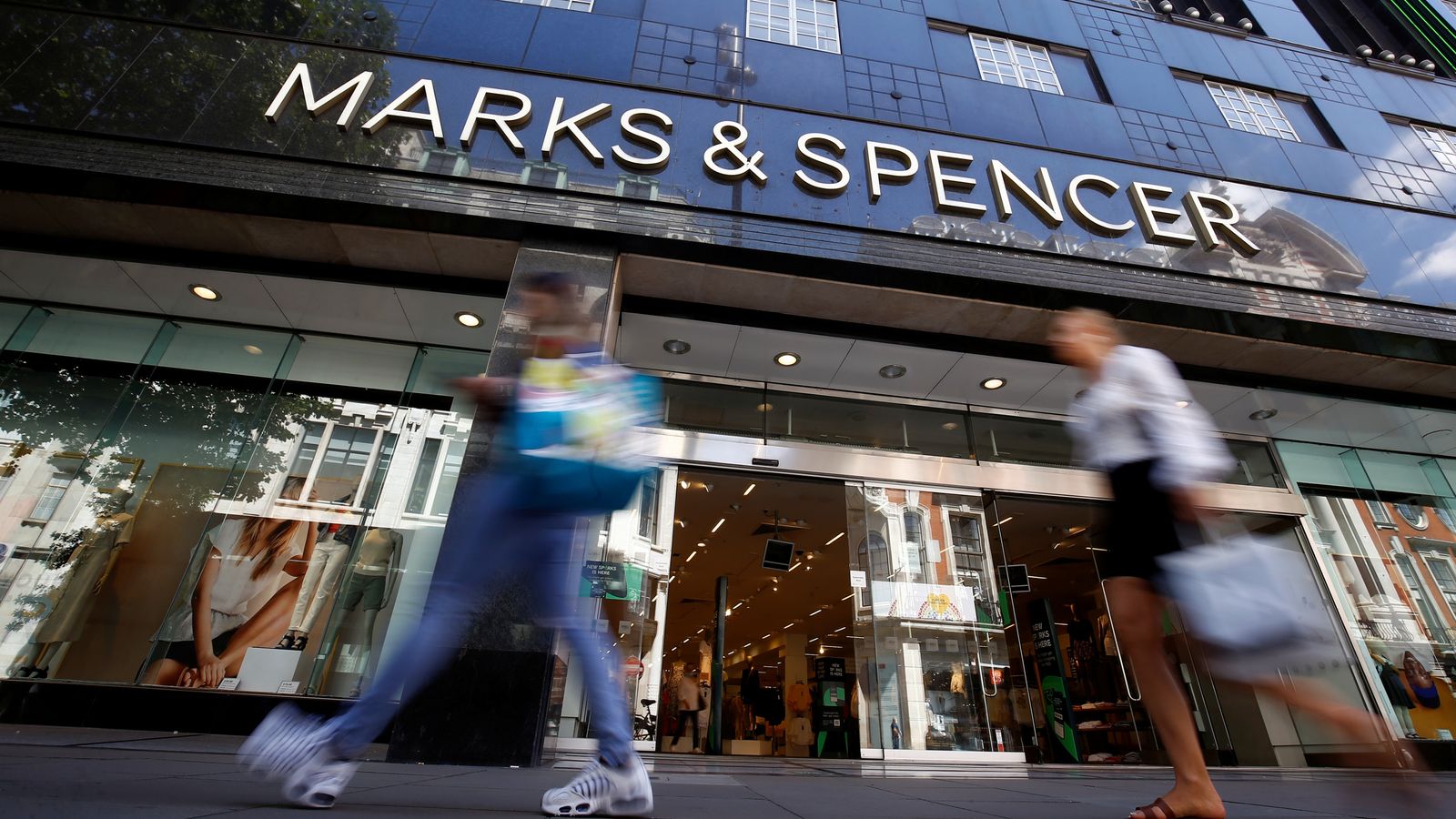During recent months, a narrative has been pushed by some politicians and trades unions of ‘greedflation’, the notion that inflation is being caused by businesses plumping up their profit margins at the expense of consumers.
One of the sectors accused of doing this, by the Liberal Democrat leader Sir Ed Davey among others, was grocery retail – even though a cursory examination of the accounts of most supermarkets suggested there was very little evidence of that actually being the case.
So it was no surprise to see the Competition & Markets Authority (CMA) so categorically debunking the myth of greedflation in food retailing today.
In fact, as the CMA makes quite clear, competition in the sector is so intense that the supermarkets have been unable to pass on their higher costs to shoppers.
The CMA points out that operating profits in the retail grocery sector during 2022-23 were down 41.5% on the previous year and that average operating margins in the sector fell from 3.2% to 1.8%. Put another way, for every £100 of sales, the typical supermarket is making a profit of just £1.80.
In other words, the CMA has concluded that shoppers are getting a pretty good deal. This finding is a major result for the supermarkets.
The question is why the CMA – and all the retailers it quizzed as part of this investigation – was obliged to produce this report in the first place.
Please use Chrome browser for a more accessible video player
It has been perfectly obvious to anyone with even a passing acquaintance with the grocery retail sector that there was no issue with competition in the sector. The CMA itself said that when, in May, it stepped up its work on grocery prices.
The answer, of course, is that this investigation was foisted on the CMA by a government desperate to be seen to be doing something to mitigate the cost of living crisis.
There was no need for this investigation and all it has done is consume a good deal of time and energy both for the CMA itself and for the supermarket industry.
Please use Chrome browser for a more accessible video player
That is not to say that the broader food and drink industry is out of the woods.
The investigation into the supermarkets has drawn attention to the operating margins of what used to be called ‘Big Food’ – the likes of Mars, Nestle, Unilever and Mondelez – and how much bigger they are than those of the supermarkets.
Now that the CMA has decided to broaden its investigation to “the wider grocery supply chain”, in its words, some of those companies will be watching with unease.
It is especially interesting that the CMA is also going to look into more depth at 10 specific product categories, among them bread, milk and baby formula.
The watchdog’s findings on milk will be especially interesting.
Milk is a price category that for many years has been used as a ‘loss leader’ by limited assortment German discounters, Aldi and Lidl, to get people into their stores. That has obliged the traditional ‘big four’ – Tesco, Sainsbury, Asda and Morrison – to do likewise on occasions and, when it has happened, dairy farmers have suffered.
The latter will be particularly anxious to get their views across to the CMA.










